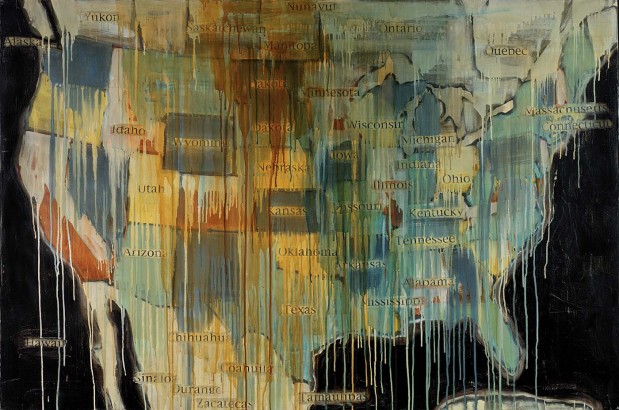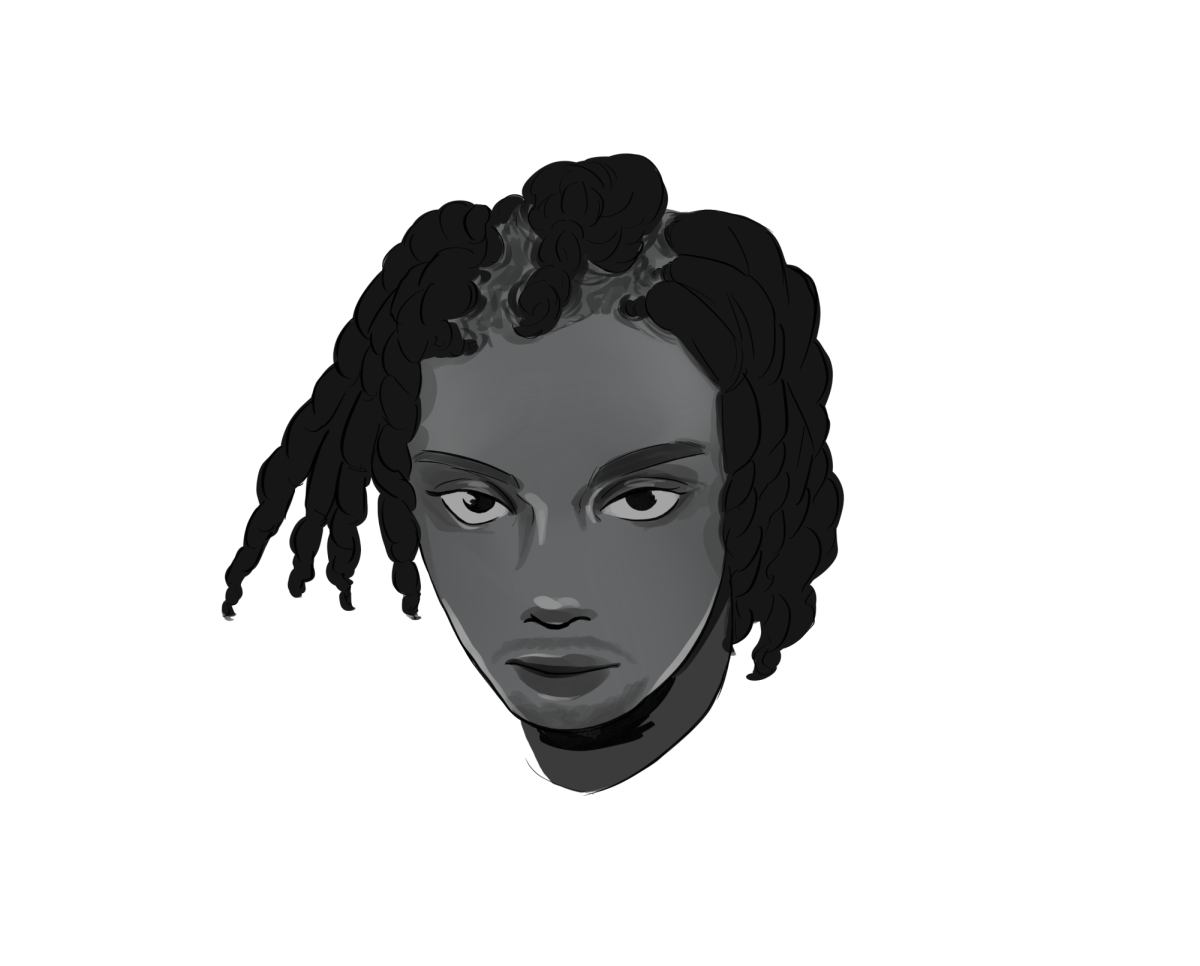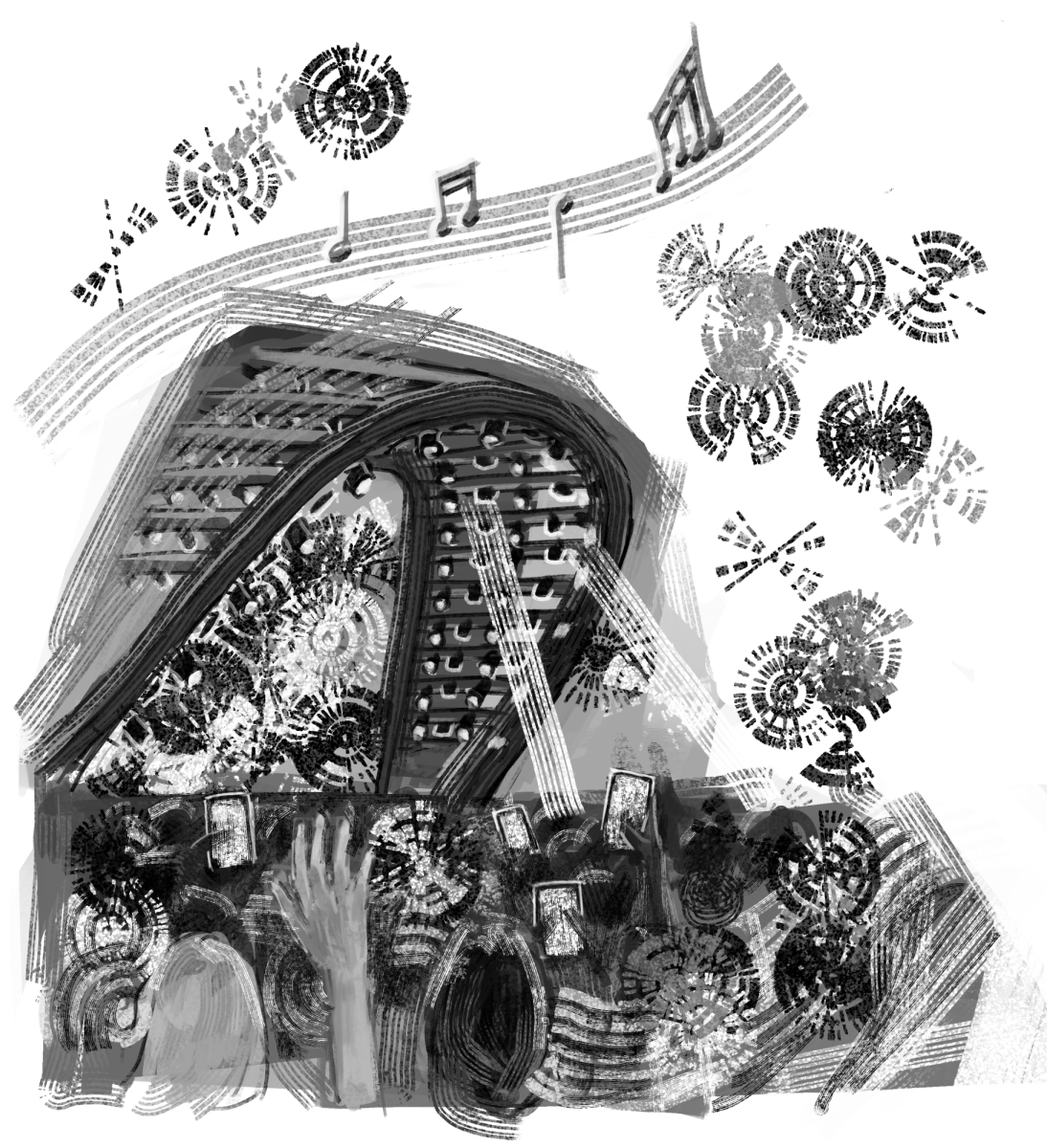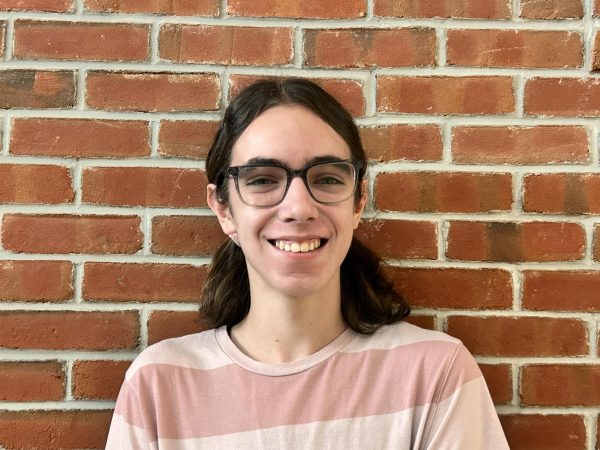November is Native American Heritage Month, and many observers seek to highlight the action and lives of indigenous history-makers of all kinds, especially artists. Art has always been an important part of Native American culture, but few contemporary artists are comparable to the success and influence of Jaune Quick-To-See Smith.
Smith, born Jan. 15, 1940, had a tumultuous childhood and early adulthood, full of poverty and frequent moves. Still, while working hard to support herself financially, she earned her bachelor’s degree in art education from Framington State College and had her first exhibition at Kornblee Gallery in New York. Smith earned her master’s degree at the University of New Mexico at age 40 and has dedicated her life to her art ever since.
Smith’s style is very unique and ever-changing; ranging from painting to lithographs to multimedia pieces. Most of her more famous pieces were created in Smith’s signature style: collagist works of socio-political commentary that may include rough sketches, photos, layered text, petroglyphs or prints.
Throughout her life, Smith has stood at a cultural crossroad between American culture and Native culture. This is handily expressed in her art, which seeks to create powerful connections and emphasize deep, underlying issues between the two groups. “Art should reveal the unknown to those who lack the experience of seeing it,” Smith said in 2020 conversation with the Carnegie Museum of Art.
Smith is known for her innovative style and powerful pieces. Her more famous works include “War is Heck,” which portrays herself as a horse at a crossroads between American and Native influence, and “I See Red: Target.” Both of these pieces have gained international acclaim.
“It takes a special kind of person to appreciate art like this. Especially considering her cultural background, it’s cool to see how she uses her background and mixes it with others,” sophomore Catie Chung said.
Apart from cultural integration, Smith also uses her art to address issues ranging from cultural appropriation to environmentalism to the so-called “buckskin ceiling,” which is the societal constraints that prevent Native American artists from succeeding as they are held down by stereotypes of what their art should be.
“Especially indigenous people in this country have trouble entering the workforce and we have a lot of trouble fitting into society sometimes. We get mixed up with the other people. Sometimes people just kind of ignore us,” junior Helena Barros Checcucci said.
Jaune Quick-To-See Smith has broken the “buckskin ceiling” herself. Her works have been featured in numerous exhibitions and, at age 84, she has received dozens of lifetime achievement awards, such as the Women’s Caucus Art for Visual Art and the United States Artists Fellowship. Currently, Smith is curating a new exhibition entitled “The Land Carries Our Ancestors: Contemporary Art by Native Americans” at the National Gallery of Art as the first artist to curate an exhibition there. According to the National Gallery of Art, the exhibition is available to the public in the West Building of the gallery until Jan. 15, 2024.
Throughout her life, Jaune Quick-To-See Smith has exerted a wide influence into the artistic world and helped bring Native American themes and ideas to the artistic mainstream. After learning about her life, students at RM are feeling hopeful for the future of native art.
“The fact that [Smith] grew and managed to get her degree is very important. I feel like it will motivate other people to do the same. Art heals the soul, and I think that art, especially art that reflects social injustice can heal and open up a new perspective on people. The way she did that was incredible,” Checcucci said.









